In Microsoft Excel, there are a lot of ways to arrange text data alphabetically, dates chronologically, and numbers from smallest to largest or from highest to lowest. In addition, there are some ways to customize the sorting process. With that Excel 365 offers a brand-new way to sort data with formulas which is very comfortable and astonishingly simple to use. In this article, I will show different ways to sort multiple columns in Excel independently of each other. Then click on transform data from the ribbon in power bi desktop, it will open power query editor, where we will combine columns from two tables.
Power Pivot can sort multiple columns as well which is a lot simpler than sorting in pivot tables. Pivot tables are a great way to summarize and aggregate data to model and present it. Power Pivot is also another great tool to gain business insights. Once the date values are available, we can just extract the Month Number and sort the Month column using the Month Number field.
With the introduction of "calculated columns" in Power BI Desktop, things have become even easier. In this blog post I will show you how to create a complete date table is just 2 simple steps. Power Query allows you to easily produce all value combinations from lists or columns. This can be useful for when you prepare your dataset for certain look-ups, and you can even use it to prepare a row-level security list for admins.
Doing this work manually takes a lot of time, but more importantly will require time from you again and again. This post teaches an efficient way to generate unique combinations from multiple columns or lists. I will show 2 tricks to produce all possible item combinations from several columns.
Once you change the data type, go to Add column tab in the power query editor. Do you know sorting multiple columns is now easy? Multiple column sorting will allow you to sort data based on various criteria.
For example you have a data set which consist on date and sales. You want to see the sales in ascending order on each date. So first we will be sorting the Date column in ascending order, followed by sales in ascending order on each date. To change the order of fields within our stacked bar we are going to set up a sort table that will assign a value to each category to be sorted by. First we need to set up a new table in our data model.
There's an Index Column button in the Add Column tab of the power query editor. This will add a column containing a sequentially increasing integer. There are also options for which number to start the sequence with and how much to increment each row. The Sort by Column feature of Power BI and tabular data models in general is well-known. The simplest example is sorting month names by their actual position in a year instead of the default order. There is a popular misconception that there must be a one-to-one mapping between the column you are sorting and the column you are sorting by.
This is not so, and in this blog post I am discussing unusual applications of the Sort by Column feature. The actual renaming of the column captions takes place in the last row of the let-expression . All the steps described in the red box are used to create the dynamic list of old name/ new name pairs required by the Table.RenameColumns() function. When building Power BI reports we often need to join two tables together, but what if the relationship is defined by two or more columns? Here we will see power bi combine multiple columns into one using power query editor.
Please follow the steps below to sort the months. Power BI users Sorting in most of the visualizations, you can choose to sort ascending or descending based on specified data fields. However the field itself can be sorted based on another column. Let's look at this simple feature with an example. If you like to learn more about Power BI; read Power BI online book from Rookie to Rock Star.
You can sort apivot tableinascendingordescendingorder like any other tables. To sort the labels, you click on the filter icon beside it. From there, select "sort A to Z" or "sort Z to A" to sort in ascending or descending order. To sort any pivot table field, you need to click anywhere in the column and click sort in the Data tab in the ribbon and select how you want to sort. When you sort by multiple columns in Google Sheets, the sort will take place in order from top to bottom. For instance, an example spreadsheet has product sales data with product names, sale dates, and prices shown.
How To Sort By Two Columns In Power Query This will show a preview of the table at the bottom of the power query editor. We can see this is just the original data for the given product. The M language has so-called structured values, to which lists, records and tables belong. Each value type serves specific purposes and this post is intended to give an introduction to lists. This post is part of a series about lists, records and tables in M.
I have included some screenshots with M code in this post. You can download the code from the screenshots as a txt file here. If you are still asked for your OneDrive password, change your browser to Edge. These are the ways to sort multiple columns in excel independently of each other. I have shown all the methods with their respective examples but there can be many other iterations.
I have also discussed the fundamentals of the used functions. If you have any other method of achieving this, then please feel free to share it with us. If a SORTBY formula references another Excel file, both workbooks need to be open.
If no value is set, SORTBY defaults to ascending order. Like any other dynamic array function, SORTBY spills the results into an automatically resizable and updatable range. If there are not enough empty cells to display all values, a #SPILL! By using power query editor we can merge to or more columns in your query or table. Often, at times it is essential that you design charts that show the trend or growth of a metric over time.
The time period can be anything for example days, weeks, months, or years. It basically gives you the idea of how the metric has increased or decreased over the specific period. Another example of custom sorting involves the ability to sort items based upon different categories that are not in the actual chart themselves. The example below is a bar chart that shows Segments as the x-axis. In this example we want to see the Segments sorted by Category, alphabetically. By dragging the Category into tooltips and then sorting by First Category, you are able to then sort the Segments into their different Categories.
Adding the Category field to Legend allows you to see how they are broken out. Now that our sort field has been brought in, the final step is to set the sorting of our Attribute column to be the new Sort field. Go to the Data view and click on the original data set to see all of the field. Next, click on the field that you want to sort, in this case Attribute.
When you click on the field in the Fields pane it will be highlighted in the table view. I had these field names in an Excel spreadsheet, so I just copy and pasted them into the Enter Data area which is a cool little Power BI shortcut. Sort by Column is a great feature in Power BI that allows you to custom sort columns. You'd have mostly used this to sort months in the correct order, in this post I'll share 4 interesting examples of Sort by Column for the Date Table. When you're analyzing complex data sets in Google Sheets, you can take advantage of its built-in sorting feature to organize the data.
You can sort by individual columns or, for more complex data, you can sort by multiple columns. We will enhance this formula with ADDCOLUMNS()) to add extra calculated columns to the table, such as month, year, day of the week, etc. Second, the code creates the LookupTable variable. LookupTable creates a temporary copy of the Customer Sales calculated column we used in the static ranking examples.
This temporary table is later used in RANKX, to rank the value of HIGH and LOW for the current customer against the same expression computed over the lookup table. DAX offers the RANKX function to compute ranking over a table, based on measures or columns. One limitation of RANKX is that it is only capable of ranking using a single expression.
In this blog, we will see how to merge two tables in Power Query based on key column and a date range. As you can see in the figure above, we just have two simple columns – Month and Sales. The Month lists all the values starting from "January" to "December" and corresponding Sales values along with it. Once you have created the CSV file, the next step is to open Power BI and connect it to this dataset. In Power BI, you can also visualize your metrics by a specific selected period.
For the sake of this article, we will consider only the third scenario i.e. tabular matrix for simplicity. However, the same solution can be made to work for any type of chart which contains a time period in it. A pivot table in Excel is an excellent tool for analyzing data.
It helps you to aggregate, summarize, finding insights and present a large amount of data in a few clicks. It is also very flexible and can be changed without much effort. You can sort a large amount of data very easily using pivot tables. In this tutorial, we will see how to sort a pivot table based on two or more columns. Here, first, we will learn how we can create and apply a sort for multiple columns. Then we will change the sort order for the column.
Later on, we will also change the Sort Sequence for the table. If you want to simplify your custom sorting, you can create a calculated column to house your sorting logic. In the example below there are four different categories that we want sorted in a specific order; Rural, Urban, Mix, Youth. You can see how we use a cascading IF statement to accomplish this. Now that we've set up the Sort Table, let's create the proper relationship between our original data set and the new table. Because I used the values that were present in my field Attribute from my base table, this is the field that I will use to create a relationship with my Sort Table.
Each value is listed once in my Sort Table and many times in my base table so this is set up as a Many-to-One relationship. If you click on the ellipses on the top right of this chart element you will see a Sort By option along with the fields that you can sort by. Unfortunately, this only applies to the y axis in this chart type.
So select Sort By and choosing Revenue will sort the NCAA Conferences on the left hand side by Revenue. This will notchange the sorting of the categories within the bars. Learn 5 different ways to add the current date or time into Excel with keyboard shortcuts, functions, power query, power pivot and power automate. A couple of months ago my colleague Franky Leeuwerck wrote an excellent blog post on how to create a complete date table in 6 steps in PowerPivot for Excel. As always, it's good to know different approaches to handle a situation. If you work with multiple files, you may want to check out this poston how to consolidate those in an easy way.
Or perhaps you work with single columns that you'd like to turn into a table. The union function is not supported for direct query mode and it is supported in calculated columns and row-level security in power bi. Then click on Merge Queries and select the merge queries as new, it will create a new table where you can add columns from multiple tables. Then click on Transform in the Navigator dialog box or you can click on it from the ribbon of power bi home tab to open power query editor.
Open power query editor in power bi desktop, by clicking on Transform data present in the ribbon. Zebra BI Tables is by far the most powerful table/matrix visual in Power BI, and with it, you can build extremely flexible tables with embedded charts. Besides reordering columns, doing a P&L calculation, and top N analysis, the visual offers a range of options for sorting. As you can see in the figure above, when you drag and drop the Month field into the Valuessection of the table, all the months are sorted but alphabetically.
However, in usual reference, we often tend to analyze months or rather any periods chronologically and not alphabetically. So, in order to sort months chronologically in Power BI, we would need to make some transformations in the data model. These transformations can be done using the Power Query Editor that is available within the Power BI Desktop tool. Let us understand, how practically we can sort data by multiple levels.
We will firstly be sorting the Customer Names column in ascending order. Also, there are more ways to sort data with the dialog box. For example, you can sort a column based on the cell/font color and you can also use your own custom sorting criteria. The above step would make a Sort Warning dialog box pop-up.
This makes sure the entire dataset is sorted, and not just data in the Sales column. While it's straightforward to sort data by one column in Excel, when it comes to sorting by two columns, you need to take a couple of additional steps. While having a flat table is excellent for data manipulation, but it's not always the way a user wants to view the information. If we're going to combine this data with other sources, then a summarized single cell is often a better option. Once your sorting options are set, select the "Sort" button to sort your data.





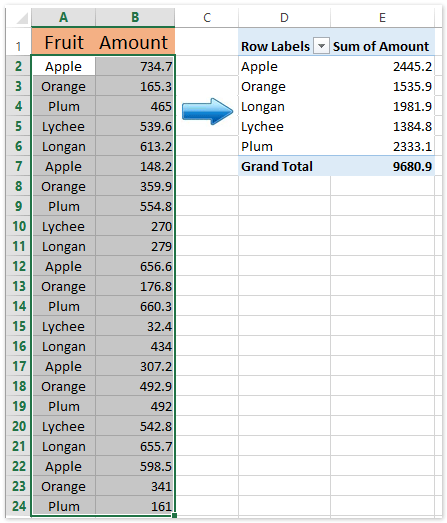



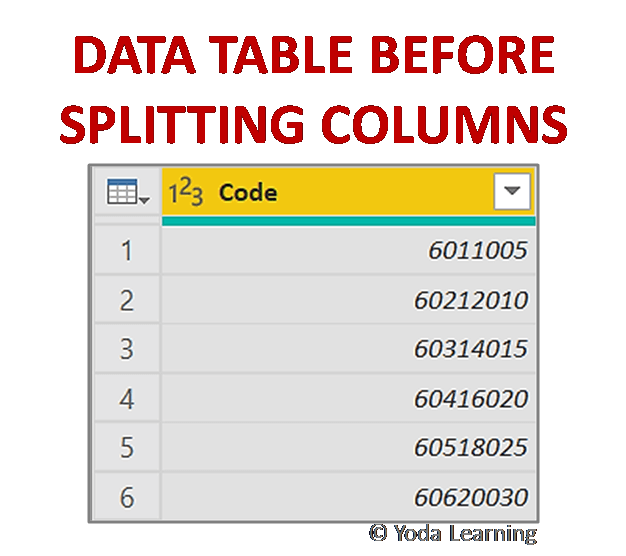








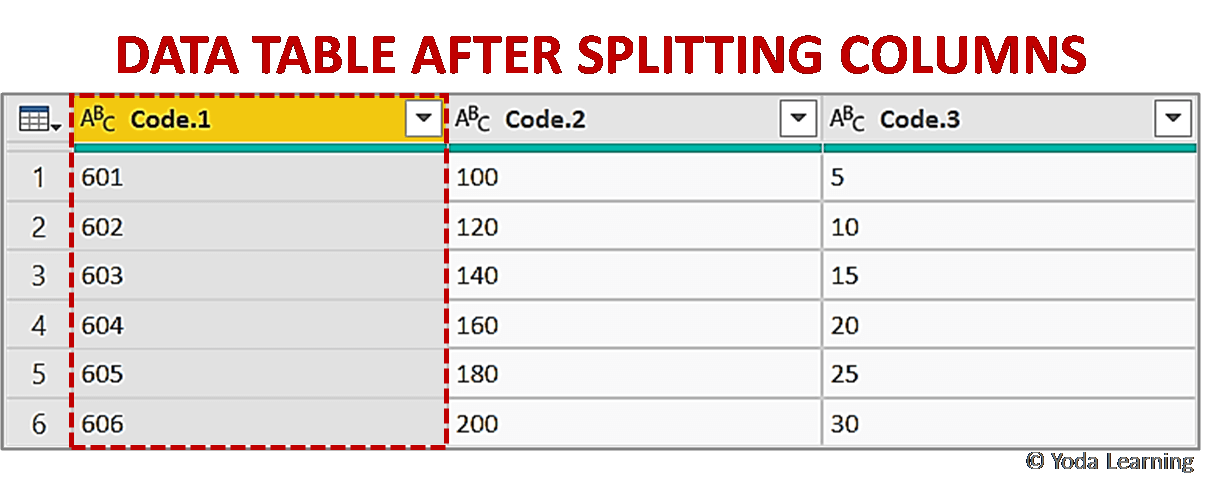





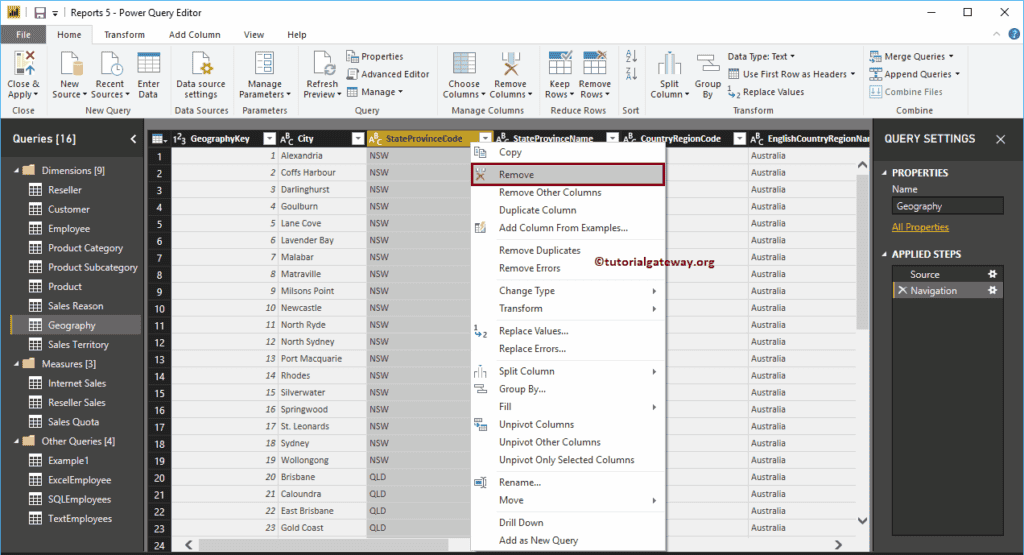
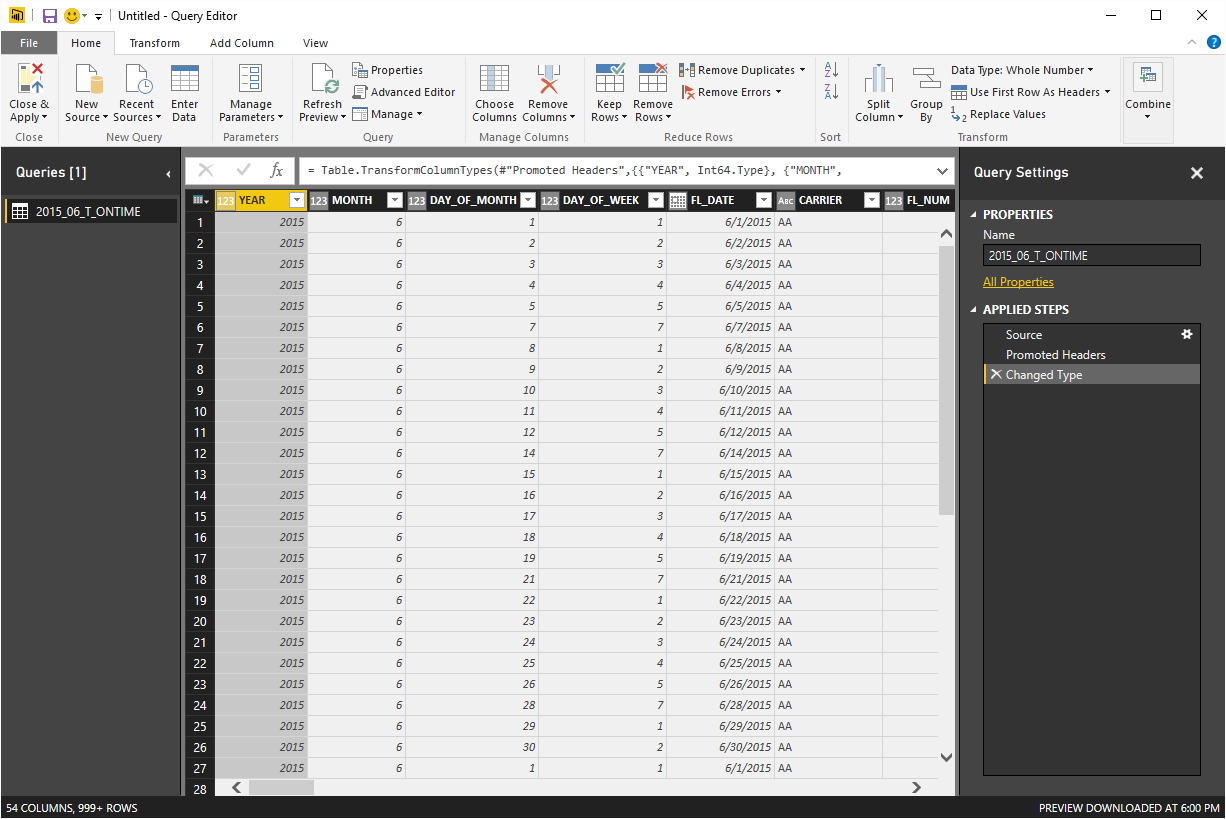




No comments:
Post a Comment
Note: Only a member of this blog may post a comment.